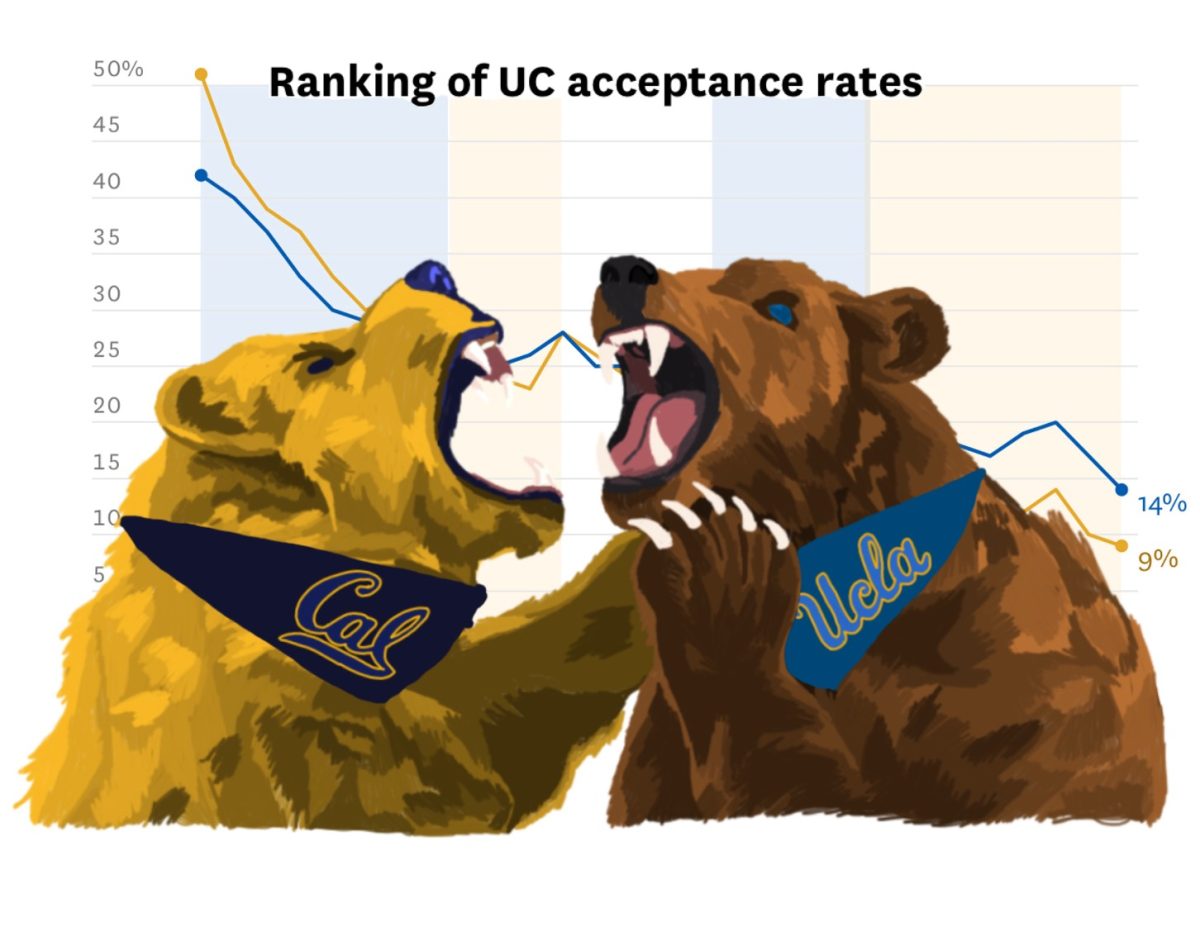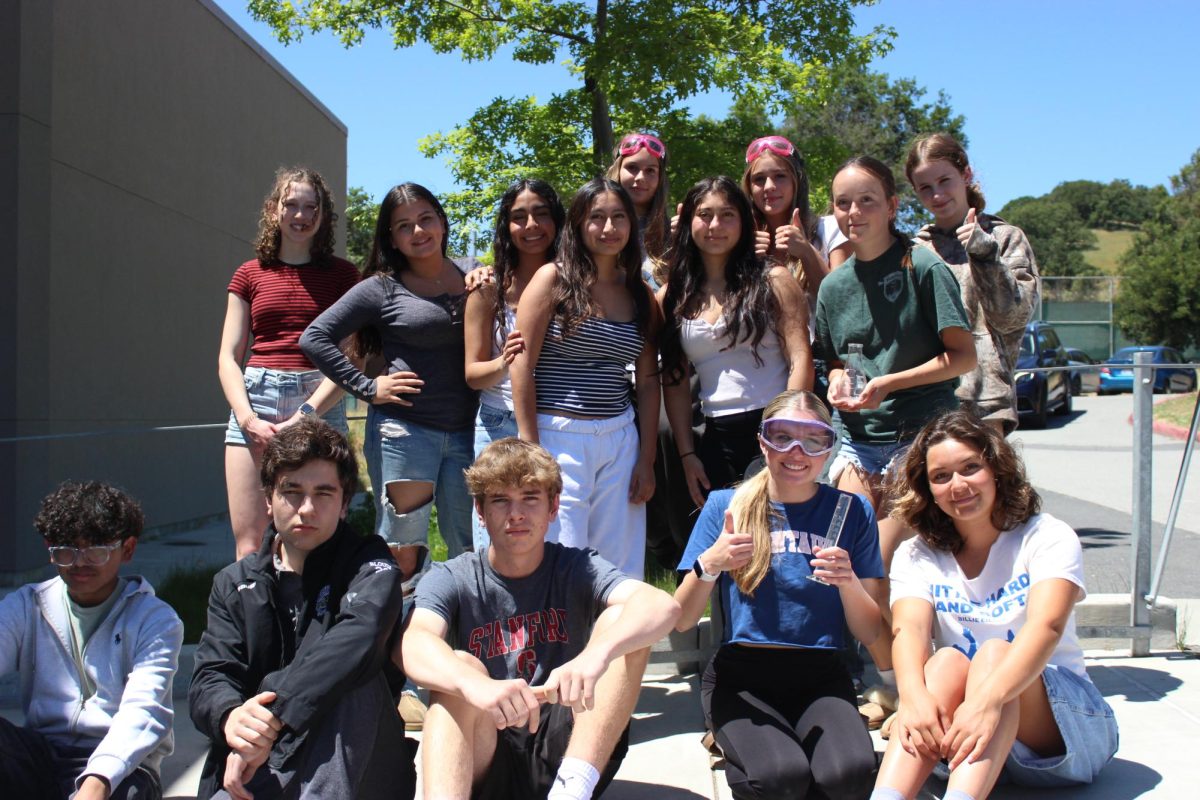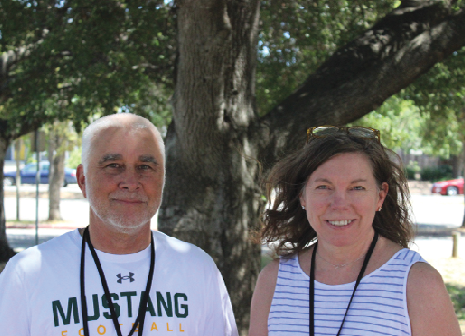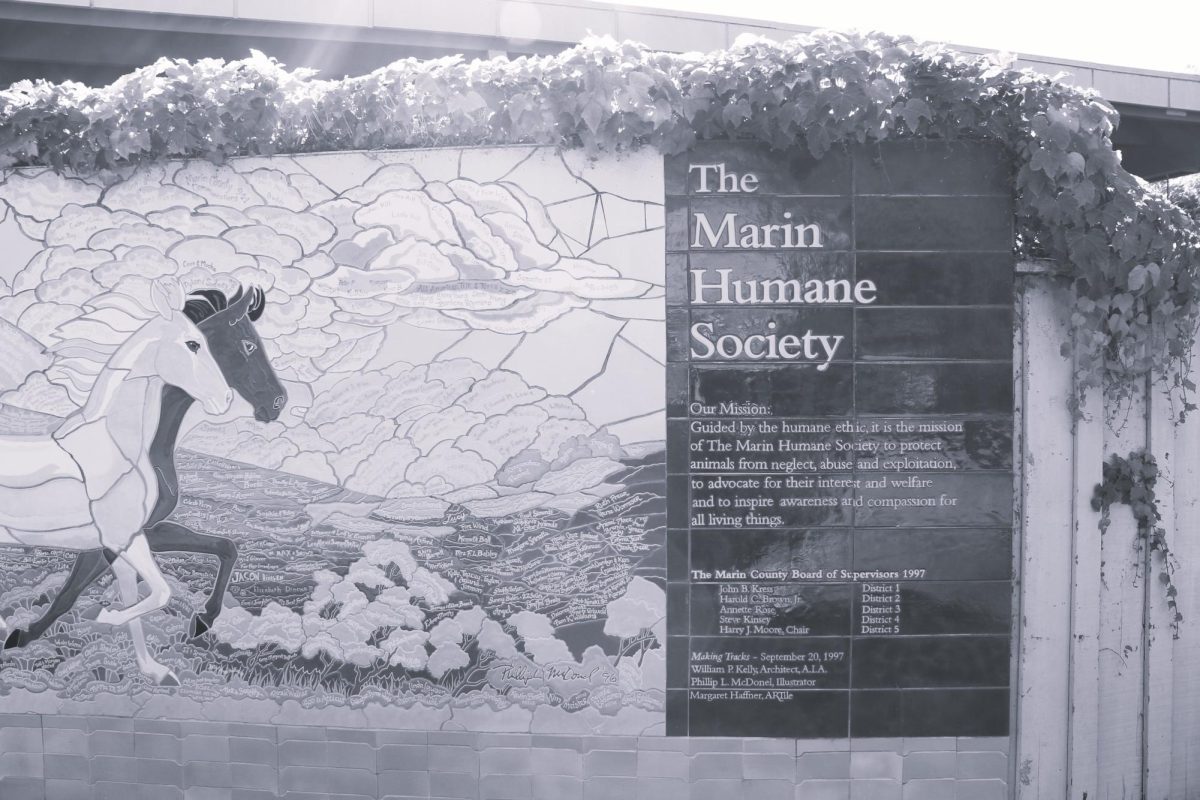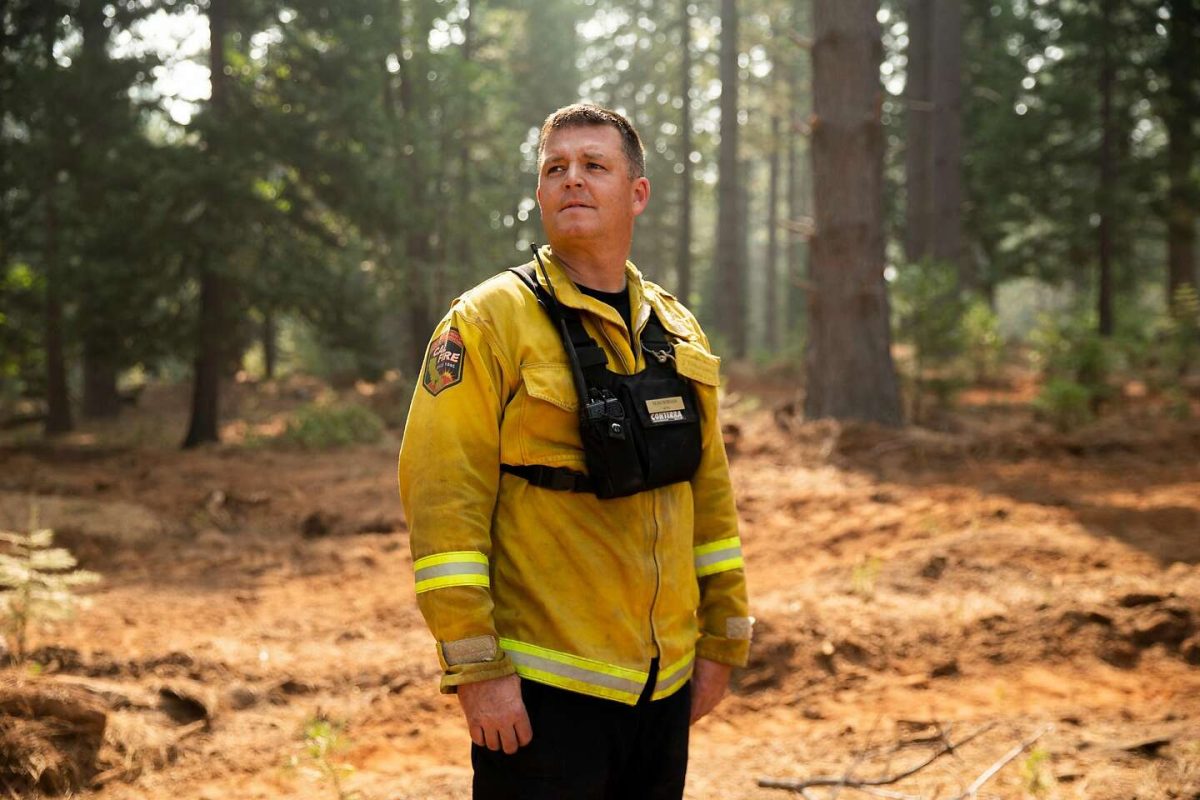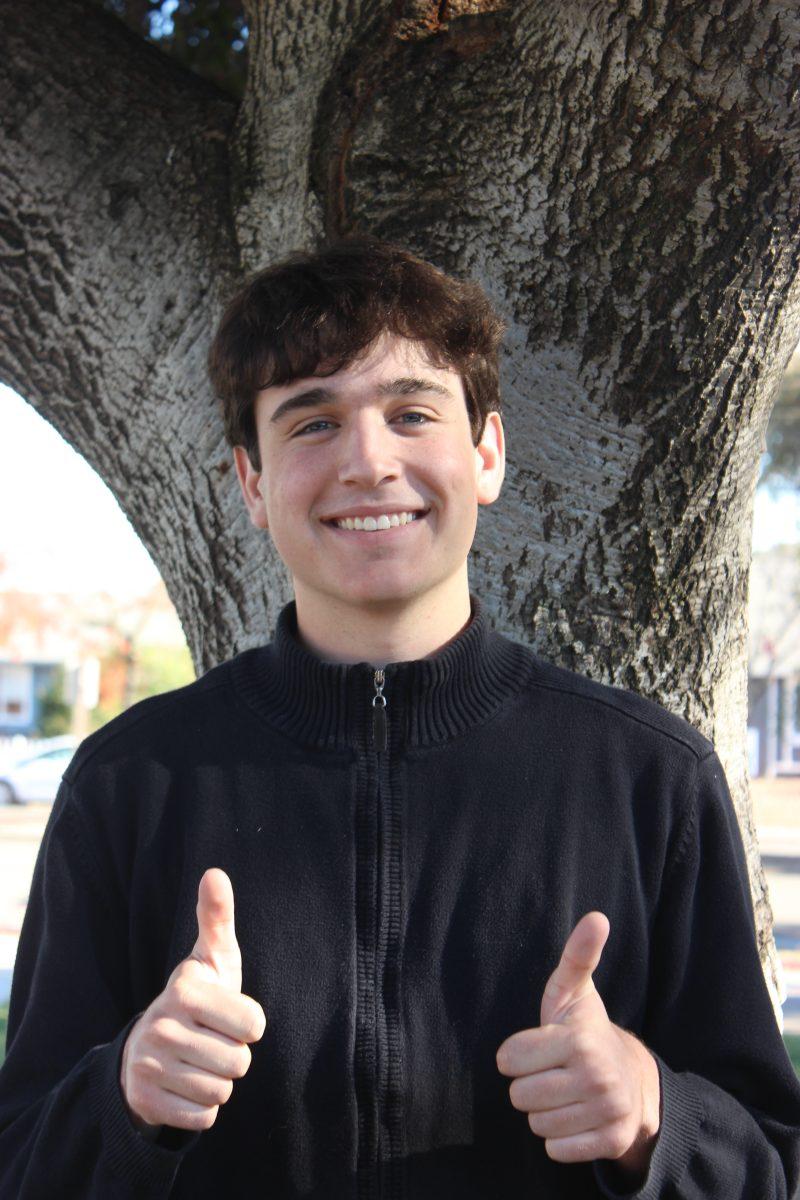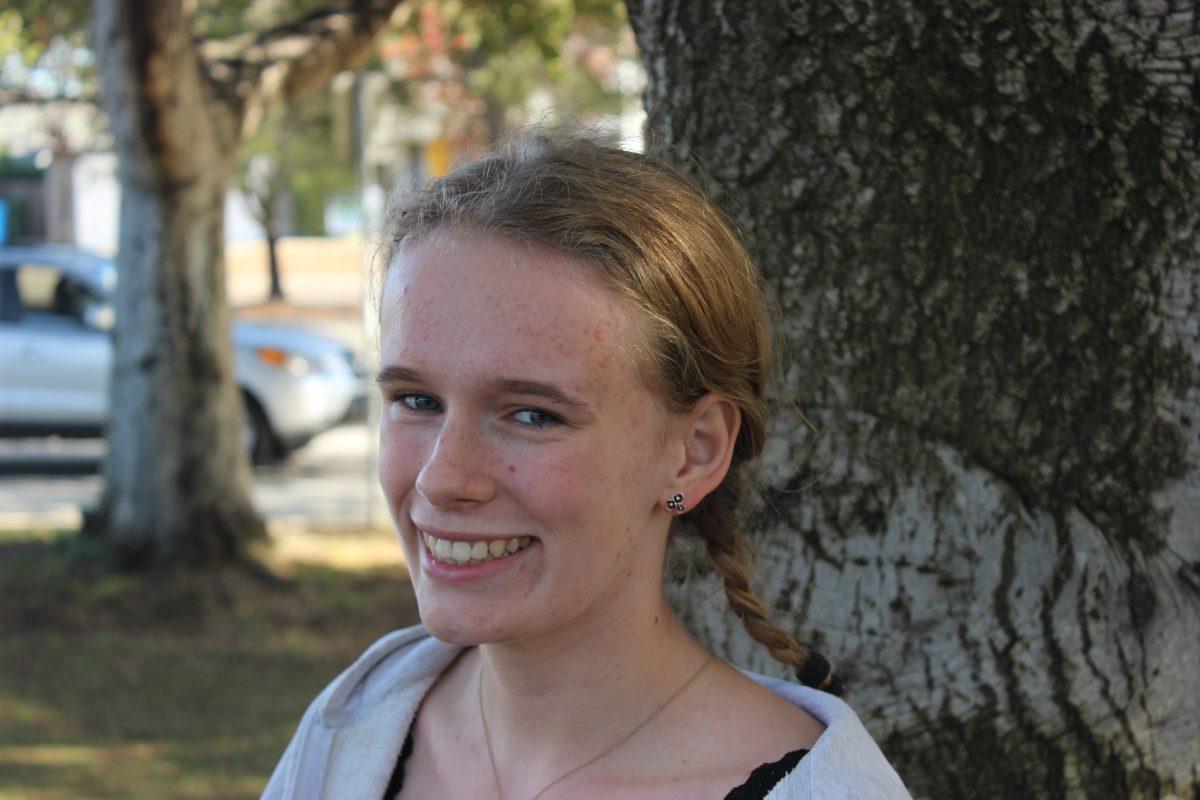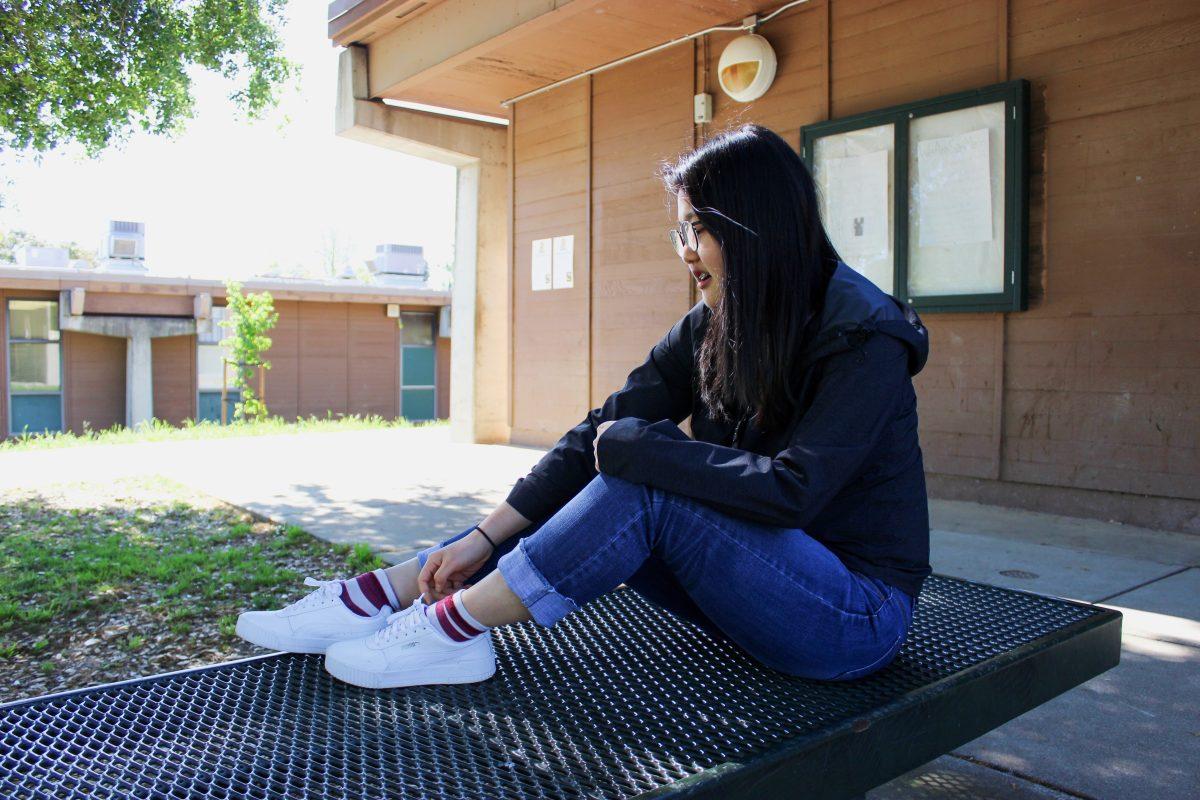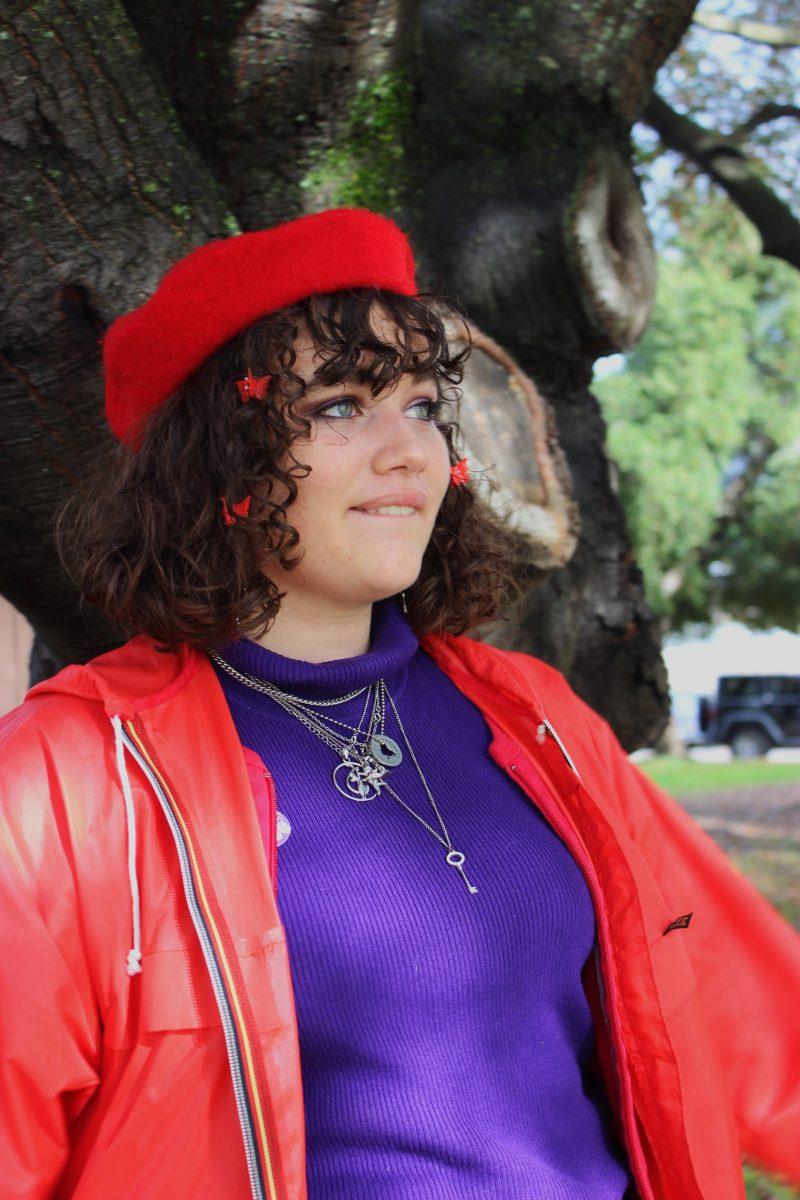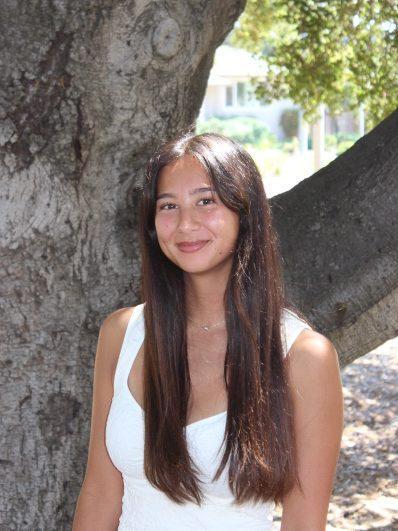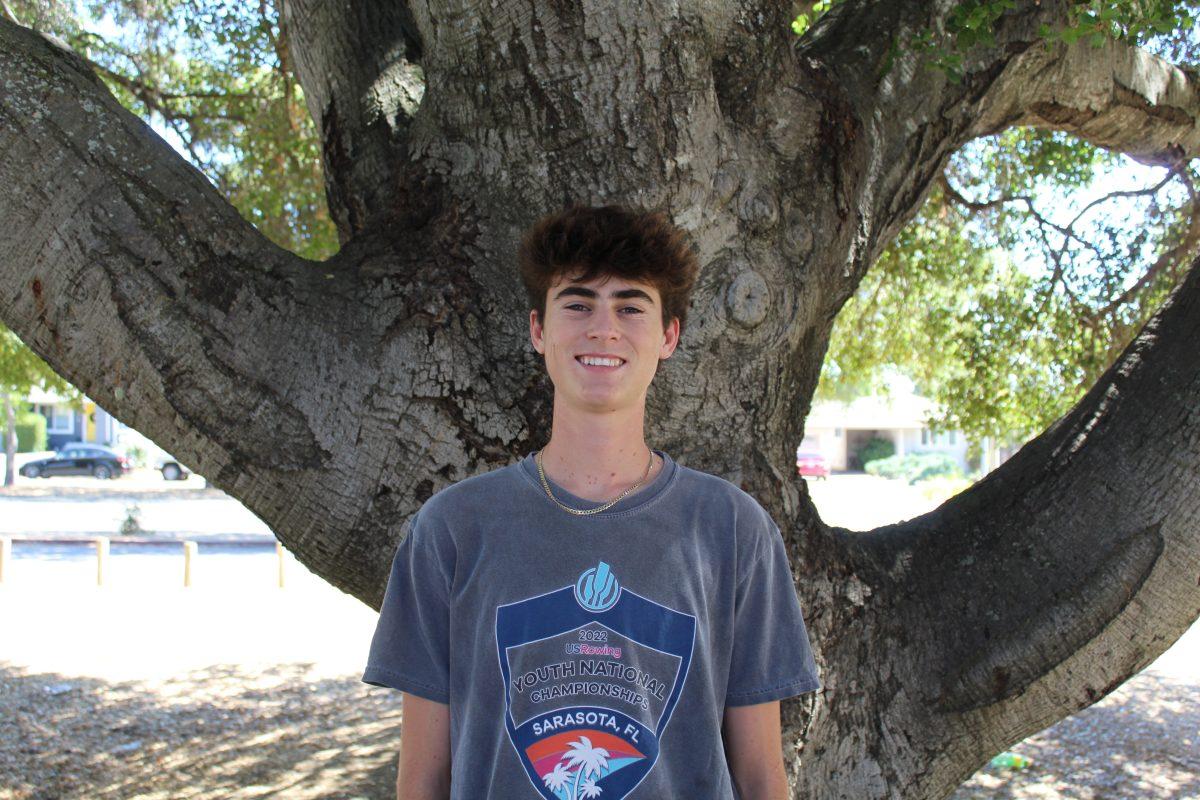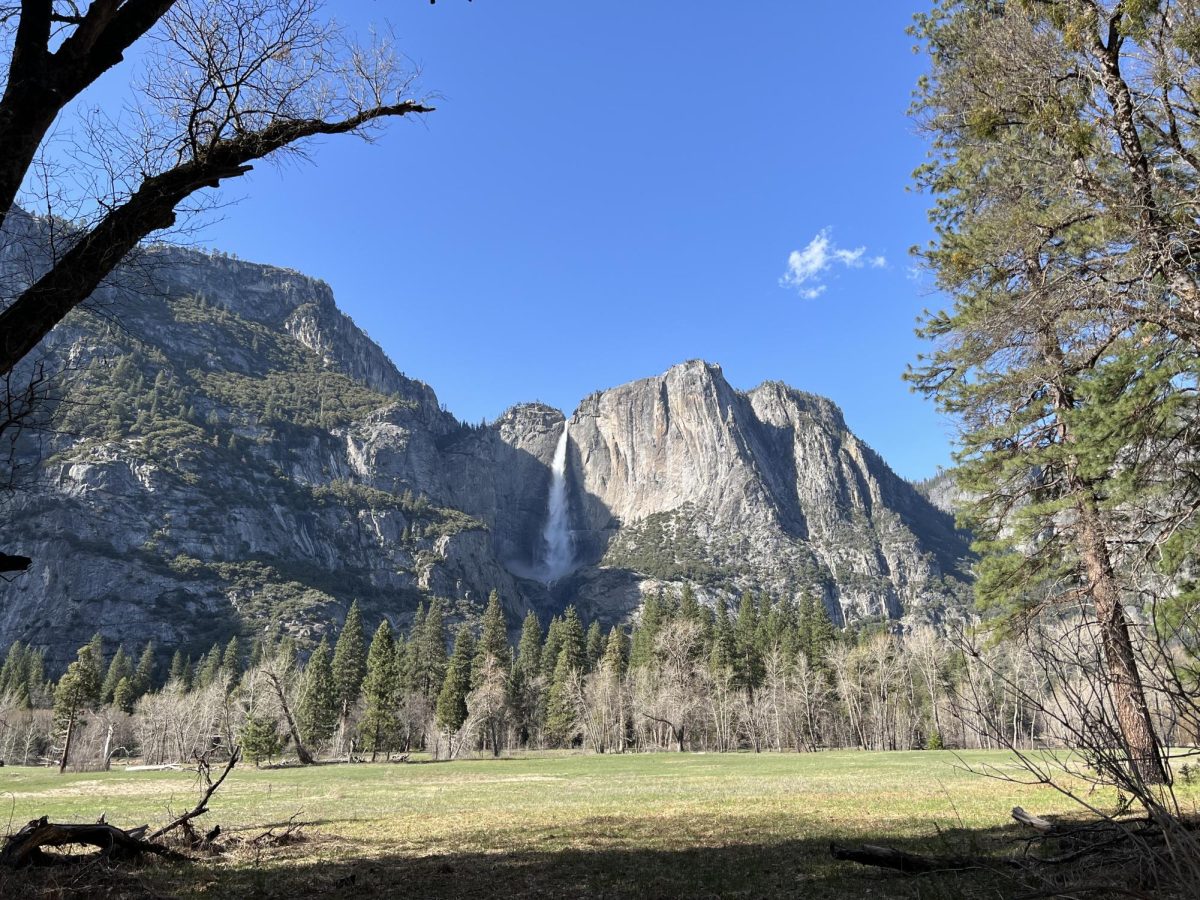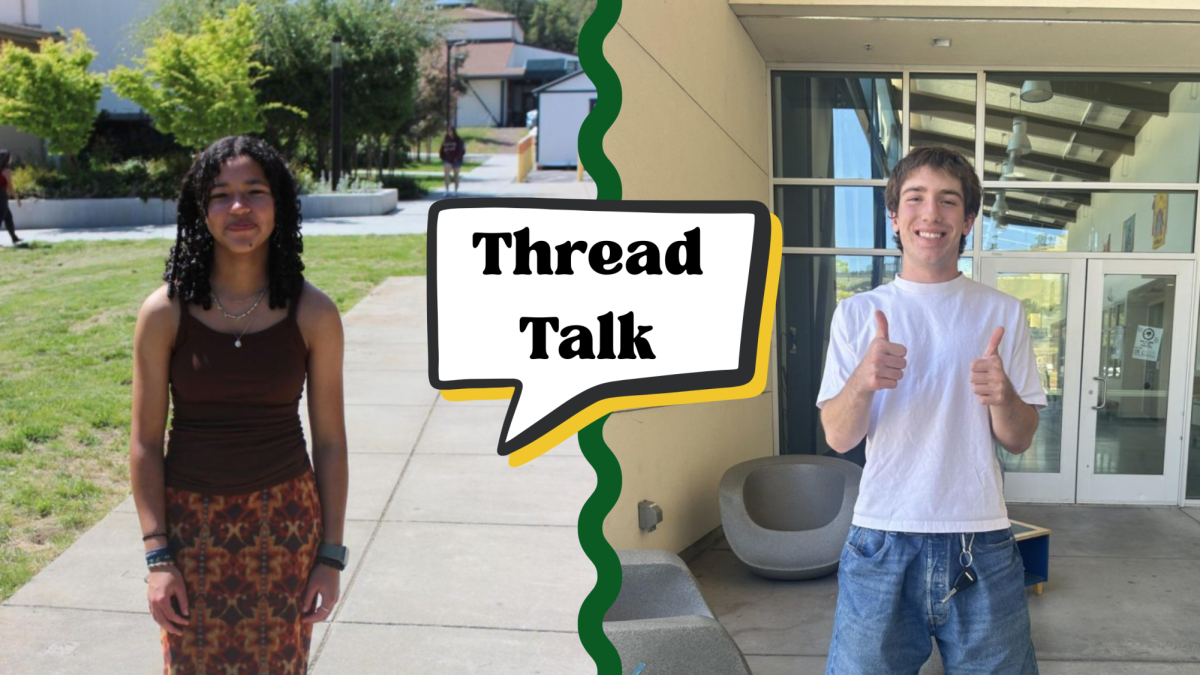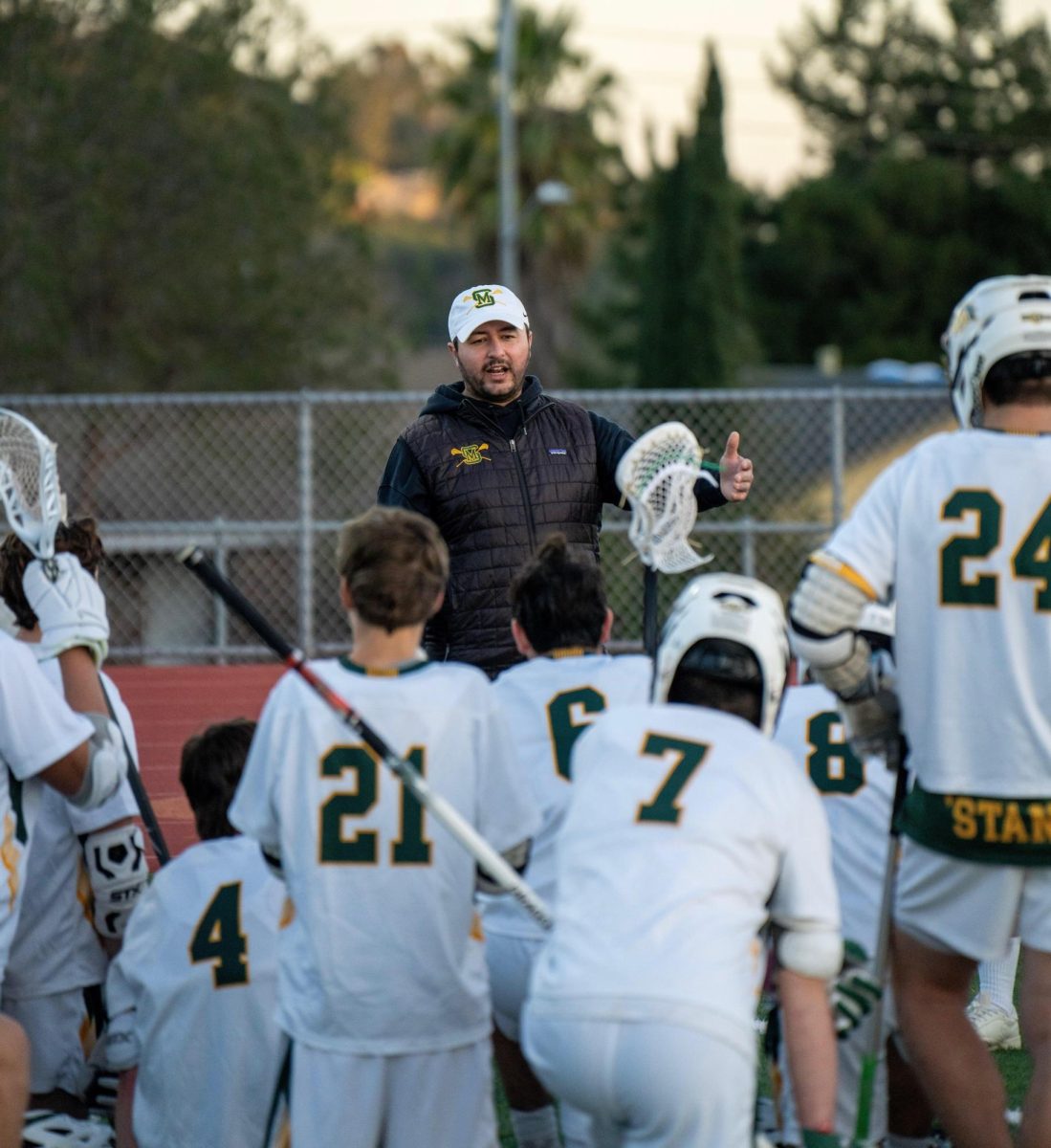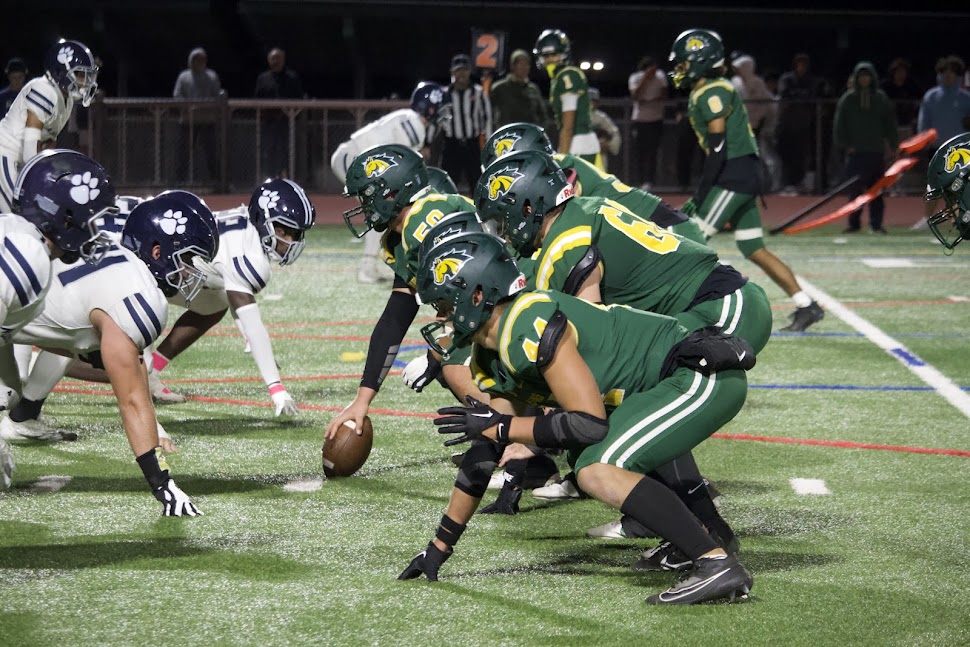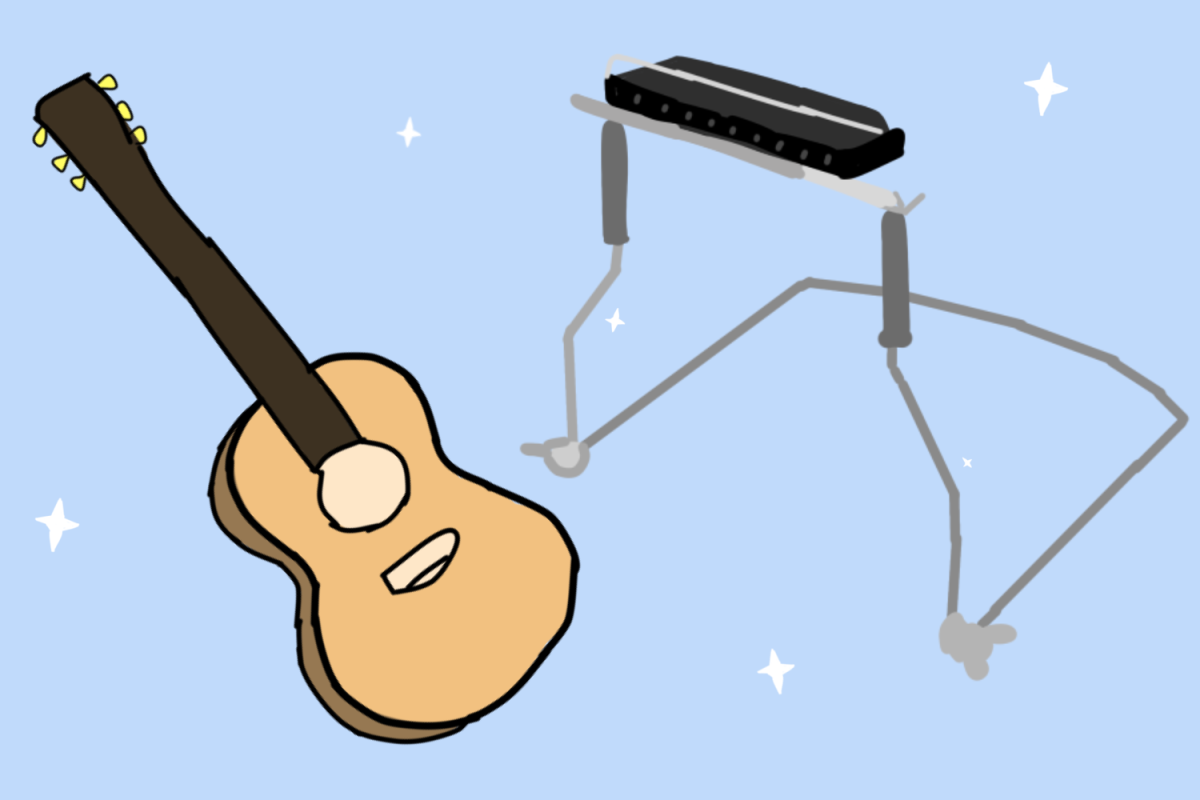By Paige Chassman and Stephanie Metzger
Recently, San Marin parent Kate Reza alleged racial bias in the STEM department. Reza involved the American Civil Liberties Union (ACLU), because, according to the ACLU’s complaint, the district “inadequately addressed the discrimination and violation of civil rights.” Reza requested statistics from the district about the racial demographics within the STEM program at San Marin and was able to use her history of data analysis as an ecologist to piece it together. Reza began her research when her son was rejected from the STEM program to make the situation a learning experience for him.
“I started discovering a lot of concerning aspects that made me dig deeper and deeper and find out that the application process is really bleak and subjective,” Reza said. “The actual makeup of the students is not representative of the population of the Novato Unified School District or San Marin high school. I felt that was alarming, especially given that I’m an ecologist, and I know that there’s a dearth of BiPoc people in the sciences. If it’s starting at the high school level, it needs to change.”
Reza suggests that those in charge of admissions into special programs, such as STEM Marin, inform students on why they are not accepted.
“There’s no feedback for the student to improve themselves or make it a learning experience and there’s no real clarity with how all of these factors factor in,” Reza said. “Another thing was that the process is not transparent, it’s just two staff members [former Assistant Principal Katherine Warren and STEM Coordinator Jamie Lutz] making these decisions. The STEM program is important, it can influence whether or not a college accepts you.”
In her research, Reza found that in the 2020-2021 school year, Latino students made up 30% of the school population and 10% of the STEM freshman class. White students made up 73% of the program and only 55% of the district population. The state has until early May to issue a determination on the case.
STEM teacher and founder Nick Williams is a member of the San Marin staff Equity Group, and also a founder of the AVID program at San Marin. When he became a staff member at San Marin he was aware of the reputation of racism that the school has developed, and hoped to make a change.
“I don’t want to pretend that San Marin is perfect, or that STEM Marin is perfect, or that we have it solved because we’re always trying to get better,” Williams said. “With that said, I do feel like we’ve put in a ton of work to try to make things good and right and to ensure that we’re serving every student, to the best of our ability, and meeting the needs of every student where they are.”
Williams acknowledges that San Marin has had a “long history of racist incidents” and needs to improve its equity to move forward.
“I just don’t want to see that [history] being added to, I want to see it being taken away from,” Williams said. “I’m not trying to cover up anything that’s happened in the past, but, I don’t want that reputation for our school. We’re trying to take actions to make sure that we can not have that reputation.”
This year, The STEM program added an interview conducted over ZOOM to the application process in order for the admissions team to gain more detailed information about the applicants.
“We actually added the interview component back in this year to try to get a more holistic whole-person view of students,” Williams said. “That gives us another data point, and that way we can really look at a variety of different components. The interview process gives a lot of insight into whether the student really wants it, or whether the parent really wants it.”
Although the admissions team implemented this interview into the application process in order to make it more equitable, Reza does not feel as though it will solve the problem.
“Now if you can imagine being someone in a minority ethnicity, being interviewed by people who are not of your ethnicity, that can create a situation where, where they’re not perhaps presenting themselves at ease, “ Reza said. “If you’re with people that look like you, that you see every day, you’re going to be more at ease, potentially. I also do think a very technical person might not present themselves very well; someone who would do great in the STEM program might not present themselves very well.”
Reza believes that this incident within the STEM program is a reflection of a greater systemic issue within the school district.
“If you aren’t out there, getting those kids to apply, then there’s a problem with the way the middle school is run, it’s a systemic problem,” Reza said. “I’m not only saying there’s a problem with the STEM evaluation process that needs to be changed, but other parts of the district’s whole educational structure need to change to make kids ready to apply to the STEM program in eighth grade and make it much more of an open and accepting program.”
However, Jennifer Larson, NUSD director of student success, stated that these advisors do exist at Hamilton and San Jose middle schools within NUSD, but not at Sinaloa where Reza’s son previously attended. Sinaloa is approximately 41 percent non-white, whereas San Jose is 61 percent and Hamilton is 82 percent non-white.
“In an effort to do that with all of our programs, we actually hired a full-time staff member that works solely with our eighth-grade students, primarily our underrepresented students,” Larson said. “Their entire job, 100% of their day, is to work on campus to build relationships with our eighth-grade students and their families to ensure that they all get into one of our specialized programs. We have expanded that now to two full-time employees because the numbers after that program more than doubled.”
ACLU attorney Linnea Nelson believes that this particular incident at San Marin is only a sliver of the greater societal issue of racial discrimination in schools across the state.
“The San Marin STEM program is part of a larger pattern of disproportionate exclusion of black and Latino students from educational programs across California, but that doesn’t excuse it,” Nelson said. “Novato needs to take steps to address it and to address that discrimination because that exclusion is deeply concerning because it follows students beyond high school and shapes their educational opportunities not just in high school.”
Restorative Justice Lead Specialist Phoebe Smith agrees with Reza, arguing that the first step to solving the issue within the STEM department specifically is to dismantle structures that NUSD has in place.
“The lack of diversity in these programs is historical, systemic racism,” Smith said. “We acknowledge that by dismantling processes and structures that lead to segregation in our schools. If we actively work to remove these barriers that are present for some and not for others it will organically lead to more diversity. In my view, what is most important is that we start looking at how to dismantle these systems that establish and perpetuate disproportionate outcomes.”
Smith feels that Reza’s son should have been accepted into the STEM program based on her investigations into his academic history, interests, and abilities.
“One of the things that should have gotten him into the program is that he is Latino,” Smith said. “When you have a student of color who is more than capable of succeeding in the program, in the interest of diversity, in programs that appear exclusive and monolithic, we need to investigate why this is the outcome and work harder to make sure that all specialized programs are balanced in diversity.”
Larson says that the first step to solving systematic racism in the school system is through increased access and knowledge for all students.
“We need our community to have access, and the knowledge and a way to have updated and accurate information about what’s actually open, and then support to be able to take the steps to move in that direction,” Larson said. “Our students should be exposed to experiences that allow them opportunities to have the prerequisites filled for those specialized programs.”
Larson also emphasized the importance of student voice and action as the district makes changes in policy.
“The two biggest efforts are making sure that all of those equity documents that we have are really truly guiding the decision making and making sure that there are students sitting beside me as we’re making those decisions,” Larson said.
Although the complaint shed a negative light on the STEM program and inequities within the community, Larson sees it as a learning experience and an opportunity for growth.
“What I always appreciate about this process is, it gives us an opportunity to work more closely and bring attention to it and that’s how we grow and learn,” Larson said. “This is a good opportunity for us to look, reflect, learn, and move forward.”
Students agree with Larson and hope to see the school use this situation to increase equity in their programs.
“I do hope it is being handled with care and great responsibility because of the fragile topic it is,” freshman and STEM student Mackenzie Rodriguez said.


